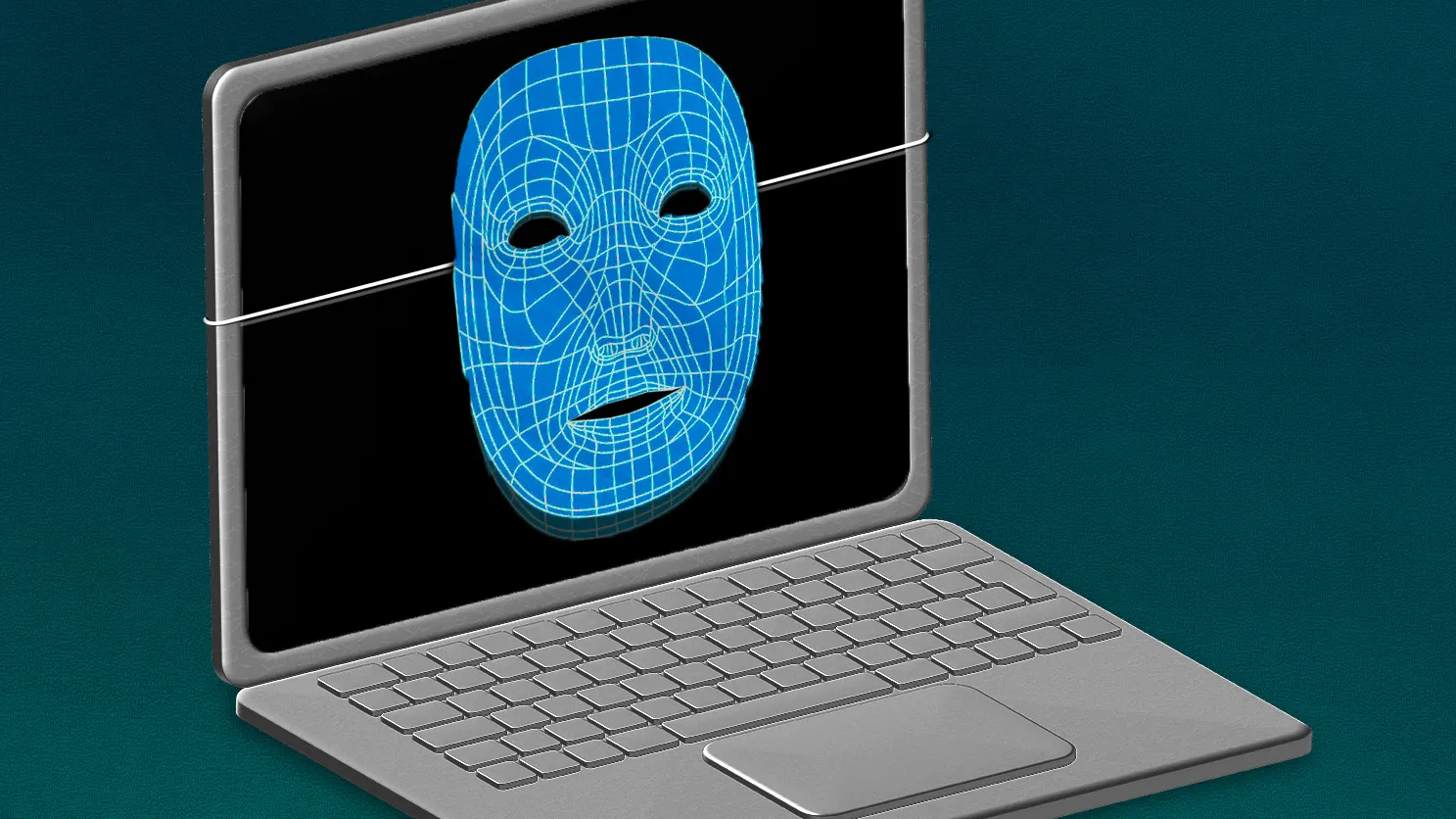Introduction
The history of computing is a tapestry woven with innovation and breakthroughs. Join us on a fascinating journey as we traverse the landscape from mainframes to the quantum realm, unraveling the threads that shape the evolution of computing.
The Genesis of Mainframes
Dive into the beginnings of computing with mainframes. Explore the colossal machines that laid the foundation, powering early calculations and business operations with their impressive capabilities.
Rise of Personal Computers
Witness the democratization of computing with the advent of personal computers. From IBM’s iconic PC to the rise of Apple, discover how computing became accessible to individuals, revolutionizing homes and offices.
The Internet Age Dawns
Step into the Internet Age, where connectivity became the cornerstone of computing. Explore the birth of the World Wide Web, email, and the transformative impact of interconnected networks.
Quantum Leaps in Computing
Quantum Computing Unveiled
Embark on the quantum frontier. Understand the principles of quantum computing, where qubits defy classical bits, and explore the potential for solving complex problems at unprecedented speeds.
Artificial Intelligence Resurgence
Experience the resurgence of artificial intelligence. Witness how machine learning and neural networks, empowered by advanced computing, are reshaping industries and daily life.
Edge Computing: Decentralizing Power
Enter the era of edge computing, where processing power is decentralized. Explore how edge devices handle data locally, reducing latency and enhancing efficiency in the ever-connected world.
Navigating the Digital Frontier: A Comprehensive Guide to Computer Basics
Mobile Revolution: Computing on the Go
Trace the mobile revolution and the emergence of smartphones. From basic cell phones to powerful handheld computers, witness how mobility became a driving force in computing.
Cloud Computing: The Digital Sky
Soar into the digital sky with cloud computing. Explore the shift from physical infrastructure to virtualized environments, enabling scalable and flexible computing resources on demand.
Internet of Things (IoT): Computing Beyond Screens
Delve into the Internet of Things (IoT) revolution. Discover how everyday objects became smart, communicating and computing data in a networked ecosystem.
Frequently Asked Questions (FAQs)
How does quantum computing differ from classical computing?
Quantum computing leverages the principles of quantum mechanics, allowing qubits to exist in multiple states simultaneously. This parallelism enables quantum computers to solve certain problems much faster than classical computers.
What impact does edge computing have on the Internet of Things (IoT)?
Edge computing reduces latency in IoT systems by processing data closer to the source, enhancing real-time responsiveness and minimizing the need for centralized cloud processing.
Is artificial intelligence only possible with quantum computing?
While quantum computing holds potential for advancing certain AI applications, current AI advancements primarily rely on classical computing power and sophisticated algorithms.
How secure is cloud computing for storing sensitive data?
Cloud providers implement robust security measures, but users must also take precautions. Encrypting data, managing access controls, and staying informed about security updates contribute to a secure cloud environment.
Can personal computers keep up with the demands of artificial intelligence and quantum computing?
Artificial intelligence places demands on computational power, and quantum computing introduces new paradigms. Future personal computers may need to evolve, but cloud services and specialized hardware will likely play significant roles in meeting these demands.
What role does the Internet of Things play in everyday life?
The IoT enhances convenience and efficiency in daily life. From smart homes to wearable devices, IoT applications range from automated tasks to monitoring health, shaping a more connected and automated world.
Conclusion
As we reflect on the journey from mainframes to quantum, we witness not only technological evolution but a transformation in how we perceive and interact with computing. The future promises continued innovation, shaping a digital landscape that captivates and empowers us all.
